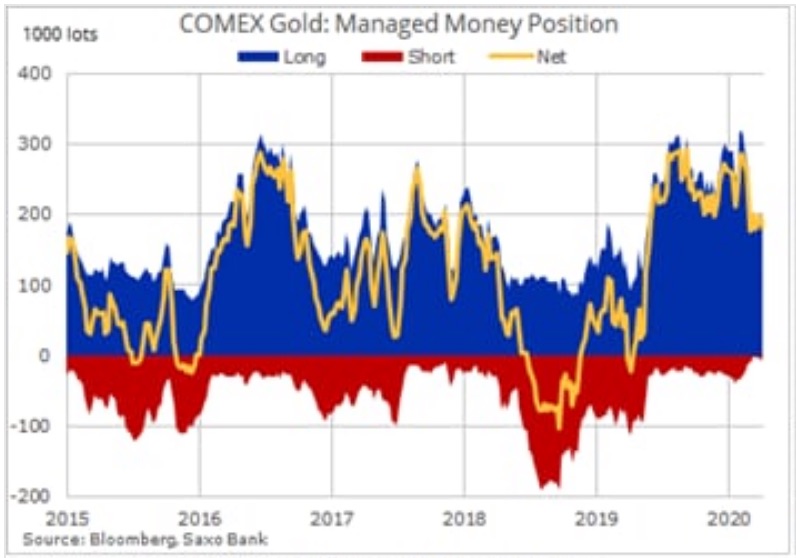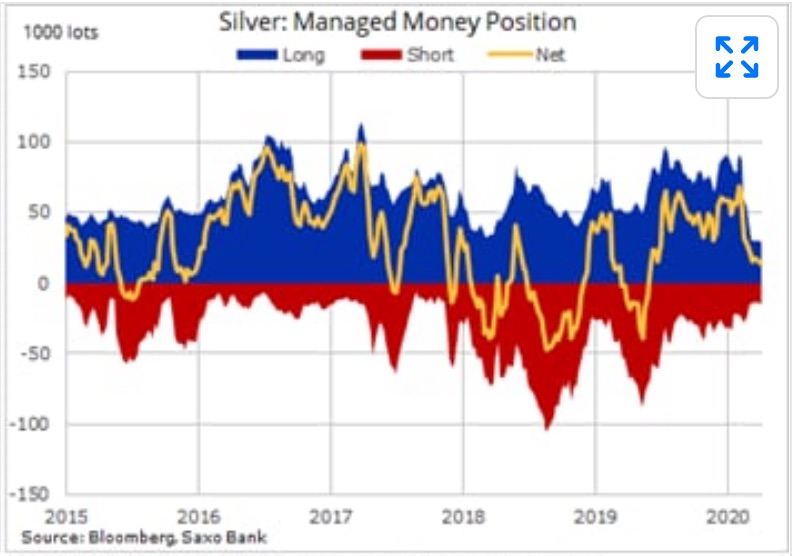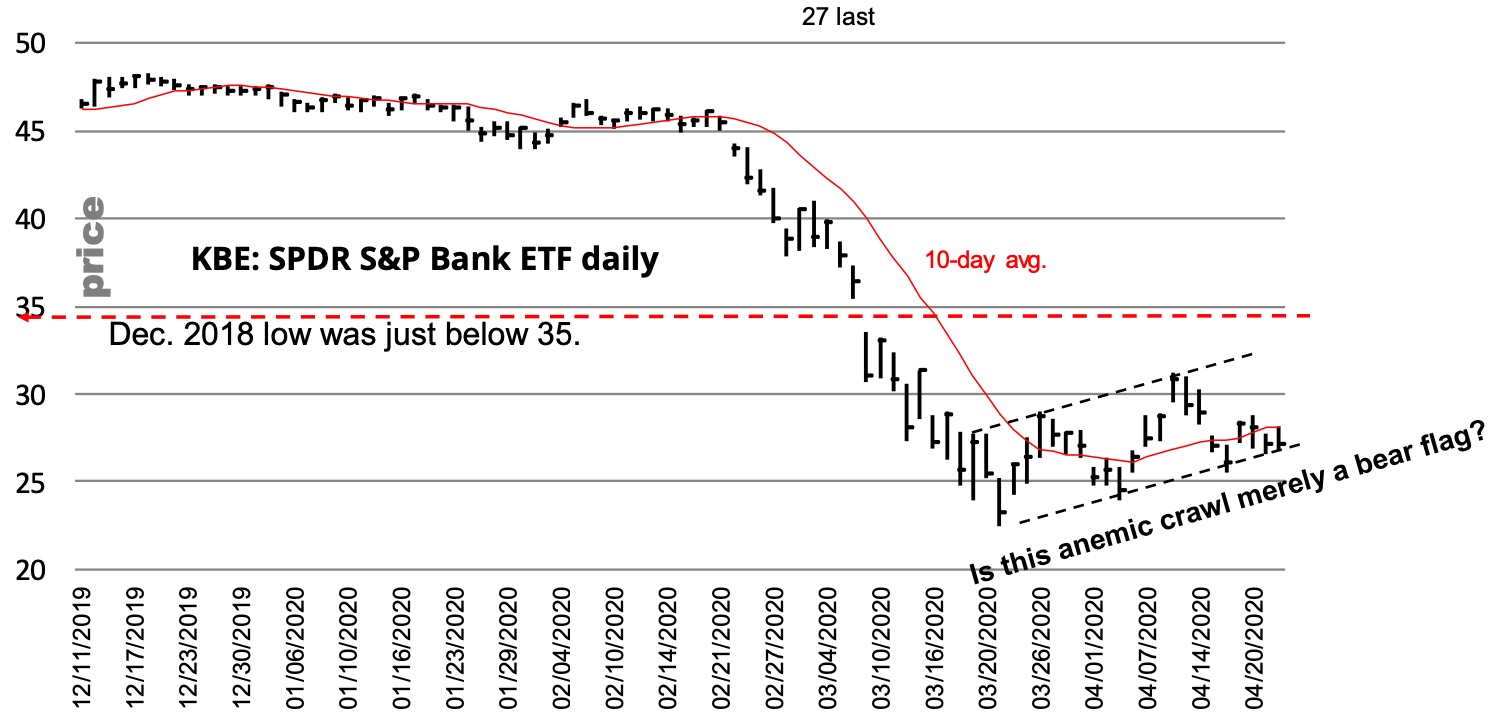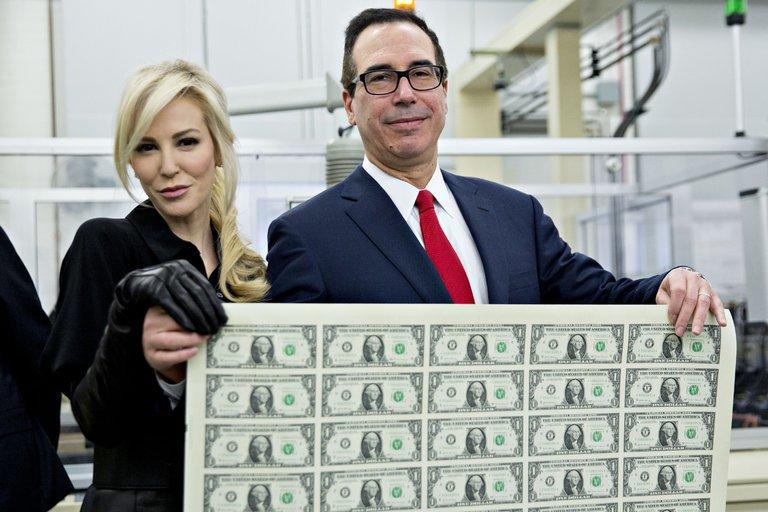Lower-income groups, who depend on the service industry for jobs, are taking the biggest impact from the shutdown of an economy that is driven by services like hotels, bars and restaurants. They work in the hard-hit retail sector and are dependent on others being able to shop and dine and travel, activities which all have been sharply curtailed during the current shutdown.
While government programs have been focused on keeping people afloat who have been displaced by the efforts to curtail the coronavirus spread, the pain is likely to be long lasting.
"The largest body blows are to the travel industry, the retail industry, parts of the health care industry that are on the front lines battling the virus. Those are generally low-paying jobs, so the folks in the bottom part of the income wealth distribution are going to get creamed by this," said Mark Zandi, chief economist at Moody's Analytics. "There's no doubt about it."
'Deeply unequal' impacts
Economists at the St. Louis Federal Reserve have been tracking the impact from the current shutdown and see the biggest hit to the bottom fifth of earners.
In a paper released a few days ago, they projected final demand in food, leisure and hospitality to drop by 75%. In all, they project consumer spending to fall an average of 3% but consumption to slide by 5% in the bottom income rung. That tells some of the story about the consumer impact, but "perhaps more important, these consumption declines are deeply unequal — hitting those living in areas of highest financial distress the hardest," the economists said.
The situation is going to be exacerbated, the research found, because the initial spread of coronavirus cases happened in regions with lower levels of economic stress previously, but now is spreading to higher stress regions.
Consequently, when the economy starts to recover, the areas that benefit likely will be those driven by financial services, like New York, while the more hospitality and tourism focused regions could languish.
"Those other service industries just aren't going to participate, and that's one reason to expect that any kind of recovery will be very, very weak," Zandi said. "It's going to be a slog. We're going to get a bounce when businesses start to reopen, but on the other side of that I think we're in economic quicksand for a while."
Economists at the St. Louis Federal Reserve have been tracking the impact from the current shutdown and see the biggest hit to the bottom fifth of earners.
In a paper released a few days ago, they projected final demand in food, leisure and hospitality to drop by 75%. In all, they project consumer spending to fall an average of 3% but consumption to slide by 5% in the bottom income rung. That tells some of the story about the consumer impact, but "perhaps more important, these consumption declines are deeply unequal — hitting those living in areas of highest financial distress the hardest," the economists said.
The situation is going to be exacerbated, the research found, because the initial spread of coronavirus cases happened in regions with lower levels of economic stress previously, but now is spreading to higher stress regions.
Consequently, when the economy starts to recover, the areas that benefit likely will be those driven by financial services, like New York, while the more hospitality and tourism focused regions could languish.
"Those other service industries just aren't going to participate, and that's one reason to expect that any kind of recovery will be very, very weak," Zandi said. "It's going to be a slog. We're going to get a bounce when businesses start to reopen, but on the other side of that I think we're in economic quicksand for a while."
The case for a 'V'
Indeed, there's overwhelming evidence that the U.S. is in its deepest trough since the Great Depression, and the biggest hit from the 26 million Americans who have filed for unemployment benefits has come to those working in hotels, bars and restaurants.
There's less consensus, though, on what the recovery will look like, with projections ranging from a U, V, W, or even a "Nike swoosh."
The worst-case outcome is that even if the government starts lifting restrictions, people still will be too afraid to resume their normal levels, and that in turn will steepen the recession.
But there's another scenario that seems at least plausible, where any meaningful resumption of activity will be seen as a positive and those who are suffering at the bottom end of the scale will get at least a boost if not a full-scale thrust back into a normal life.
"We're definitely going to have a 'V' off the bottom. To me, there's not much debate about that," said Jim Paulsen, chief investment strategist at the Leuthold Group. "When you go down as much as we've gone down, any bounce is going to feel like a 'V' initially. It may warp back into slower growth again fairly soon, but I think for a few quarters we have a 'V.'"
That bounce, he said, could be felt especially in hospitality businesses.
"If your restaurant is 100% shut down and by the end of the year, it's 50% shut down, that's still a heck of an increase," Paulsen said.
Indeed, there's overwhelming evidence that the U.S. is in its deepest trough since the Great Depression, and the biggest hit from the 26 million Americans who have filed for unemployment benefits has come to those working in hotels, bars and restaurants.
There's less consensus, though, on what the recovery will look like, with projections ranging from a U, V, W, or even a "Nike swoosh."
The worst-case outcome is that even if the government starts lifting restrictions, people still will be too afraid to resume their normal levels, and that in turn will steepen the recession.
But there's another scenario that seems at least plausible, where any meaningful resumption of activity will be seen as a positive and those who are suffering at the bottom end of the scale will get at least a boost if not a full-scale thrust back into a normal life.
"We're definitely going to have a 'V' off the bottom. To me, there's not much debate about that," said Jim Paulsen, chief investment strategist at the Leuthold Group. "When you go down as much as we've gone down, any bounce is going to feel like a 'V' initially. It may warp back into slower growth again fairly soon, but I think for a few quarters we have a 'V.'"
That bounce, he said, could be felt especially in hospitality businesses.
"If your restaurant is 100% shut down and by the end of the year, it's 50% shut down, that's still a heck of an increase," Paulsen said.
Changing views on the virus
The degree to which those businesses are brought back will depend on multiple factors. Containing the virus, obviously is critical. Also, the success of areas that have begun reopening, such as the state of Georgia and Las Vegas, also will be influential.
The past week brought some somewhat surprising news about the virus's progress.
New York Gov. Andrew Cuomo estimated that 14% of all state residents and 20% of New York City residents have been infected with Covid-19. Those numbers indicate two important things: that the disease is both far more widespread than previously thought as well as considerably less lethal, with New York mortality rates around 0.6% and hospitalization rates around 2%, according to Tom Lee, head of research at Fundstrat Global Advisors.
"A perspective -- imagine if policy makers knew hospitalization 2% and mortality 0.6% vs original belief of 20% and 5%-10%," Lee said in a note in which he said it's becoming clearer that treatment is most important for coronavirus cases, followed by testing and then by developing a vaccine.
"As a side note, it could have changed how policy makers would have reacted -- instead of shutting down the economy, the US might have only shut down NYC (for instance)," he wrote.
Lee said the 3% hit to consumer expenditures might not seem as daunting.
"In other words, once the economy is re-started, the 'hole' that will need to be filled by that potential 33% drop is $240 billion, which is not a deep a hole as one imagined a month ago," he said.
The degree to which those businesses are brought back will depend on multiple factors. Containing the virus, obviously is critical. Also, the success of areas that have begun reopening, such as the state of Georgia and Las Vegas, also will be influential.
The past week brought some somewhat surprising news about the virus's progress.
New York Gov. Andrew Cuomo estimated that 14% of all state residents and 20% of New York City residents have been infected with Covid-19. Those numbers indicate two important things: that the disease is both far more widespread than previously thought as well as considerably less lethal, with New York mortality rates around 0.6% and hospitalization rates around 2%, according to Tom Lee, head of research at Fundstrat Global Advisors.
"A perspective -- imagine if policy makers knew hospitalization 2% and mortality 0.6% vs original belief of 20% and 5%-10%," Lee said in a note in which he said it's becoming clearer that treatment is most important for coronavirus cases, followed by testing and then by developing a vaccine.
"As a side note, it could have changed how policy makers would have reacted -- instead of shutting down the economy, the US might have only shut down NYC (for instance)," he wrote.
Lee said the 3% hit to consumer expenditures might not seem as daunting.
"In other words, once the economy is re-started, the 'hole' that will need to be filled by that potential 33% drop is $240 billion, which is not a deep a hole as one imagined a month ago," he said.
- Source, CNBC





